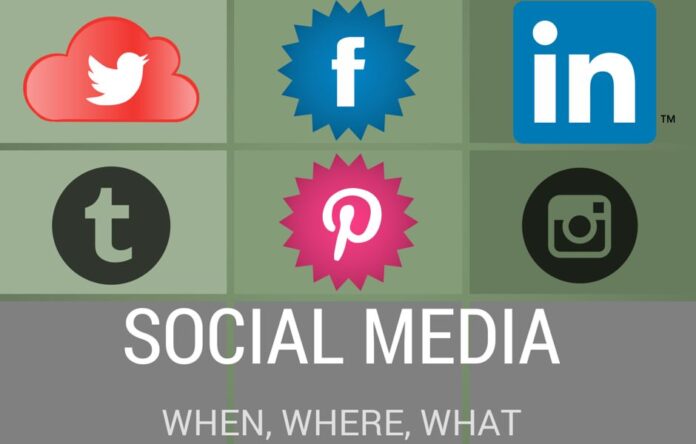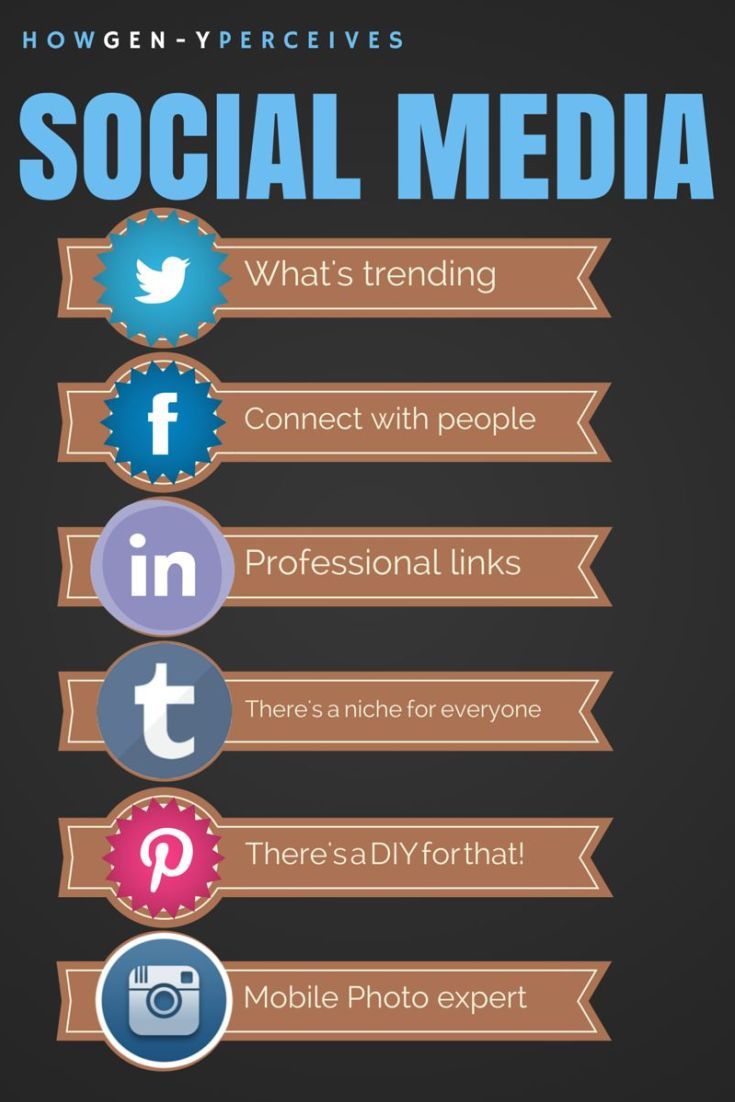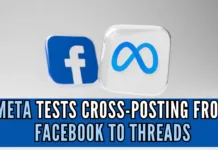
Sree Iyer
Gen Y is the generation born during the period 1980-1995. This generation was the perhaps the first one that grew up with computers (Remember the Personal Computer took off in the early 80s) from a very early stage of their lives. Some articles indicate the Generation Y tends to be affectionate towards their parents that almost comes close to saying, “You know Mom/ Dad, you are pretty cool!”. Known also as the millennials, they are the fastest-growing segment of the American workforce today.
When asked to comment about the various Social Media platforms, this is what one Gen Yer said (see picture below):

When the same question was put to a Gen Zer (born during the period 1996-2011), a different picture emerges, as depicted below:

The first thing that jumps out at us is that Gen Z doesn’t want to be identified too much with Twitter or Facebook. They see these as something their older siblings (or worse!) parents do. In this article, we explain some of the popular Social Media platforms and how they got started.
Type |
Description |
|
|
Created in March 2006, Twitter was intended to be an online Social networking service that enables users to send and read short 140-character messages, called “tweets”. Why 140, you ask? That was the size of an SMS (Simple Messaging Service) protocol. As of December 2014, Twitter has more than 500 million users, out of which 284 million are active users. |
|
|
Facebook perhaps is the one Social Media platform that is most identified with what it does – i. e. We used to get a ‘Xerox’ of a page or went ‘Googling’ for an item that we wanted to search on. So much so that there are protocols established on what to do when you break up with someone. It is also the first go-to item when you want to look up an old friend or what cousin Larry is up to. Founded in Feb 2004, Facebook boasts of 1.2 billion followers in 70 different languages as of December 2014. |
|
|
Established in 2003, LinkedIn carved out a niche for itself by being able to link people from their profession. This has helped it differentiate itself and also be the first one out the gate with a viable Business model. LinkedIn has become a free referral site, without the added overhead of having to call someone up to check references (although it has also been accused of always giving glowing references!). Currently about 350 million people follow LinkedIn. |
|
|
A relative newcomer compared to the others, Tumblr was founded in 2007, with a view to establishing itself as a microblogging platform. Acquired by Yahoo in 2013, Tumblr continues to grow and hosts over 225 millions blogs. Everyday there are about 85 millions posts, making it a fairly robust albeit niche platform. |
|
|
Launched in March 2010, Pinterest has taken a slightly different route from its predecessors by making all entries go off of images or Pins. Pinterest has robust protection for Copyrighted content, making it easy for owners to ensure that copycats are deleted from the platform. Various studies have put the number of followers to be near the 100 million mark, worldwide. |
|
|
Funded in March 2010, Instagram too started out being a Mobile Photo sharing and Video sharing Social Media platform. By the end of 2013, Instagram had hit the 100 million mark, with users split equally between iPhone and Android. By September 2012, Facebook had acquired the 13-employee company for a cool Billion dollars. |
I read an article that states that there are 52 Social Media platforms today! In a previous life, I was designing Flash card readers and every 3 months or so, a new flash card format would emerge and along with it an n-in-1 card reader! Thankfully that battle was won by the SD (Secure Digital) card and in Social Media too, I expect consolidation to happen soon!
- Indian Parliament’s Special Session is convened to mark the shifting to new Parliament building - September 3, 2023
- Why did Rajat Sharma of India TV not declare that Adani owns more than 16% shares in his channel? - January 29, 2023
- Prannoy Roy to get Rs.605 crore from Adani as per Stock Exchange filing. Why is Income Tax not acting on Roys’ dues of over Rs.800 crore? - January 4, 2023















